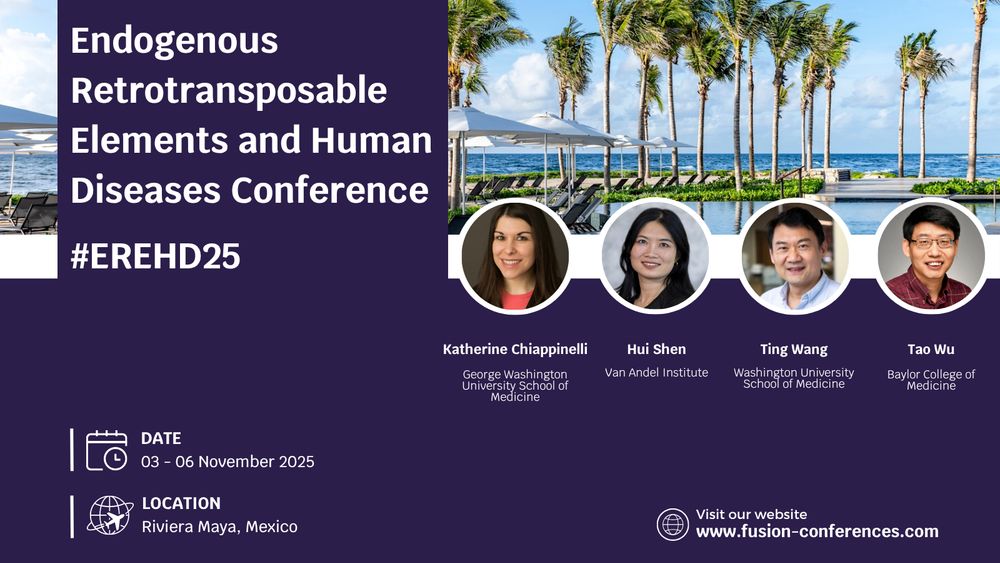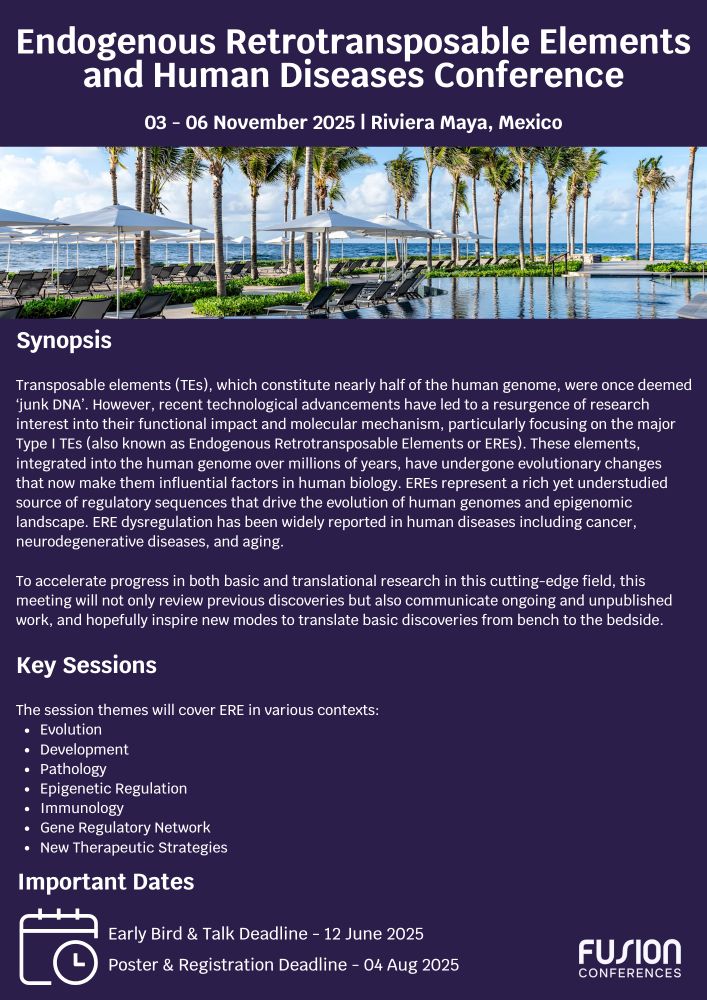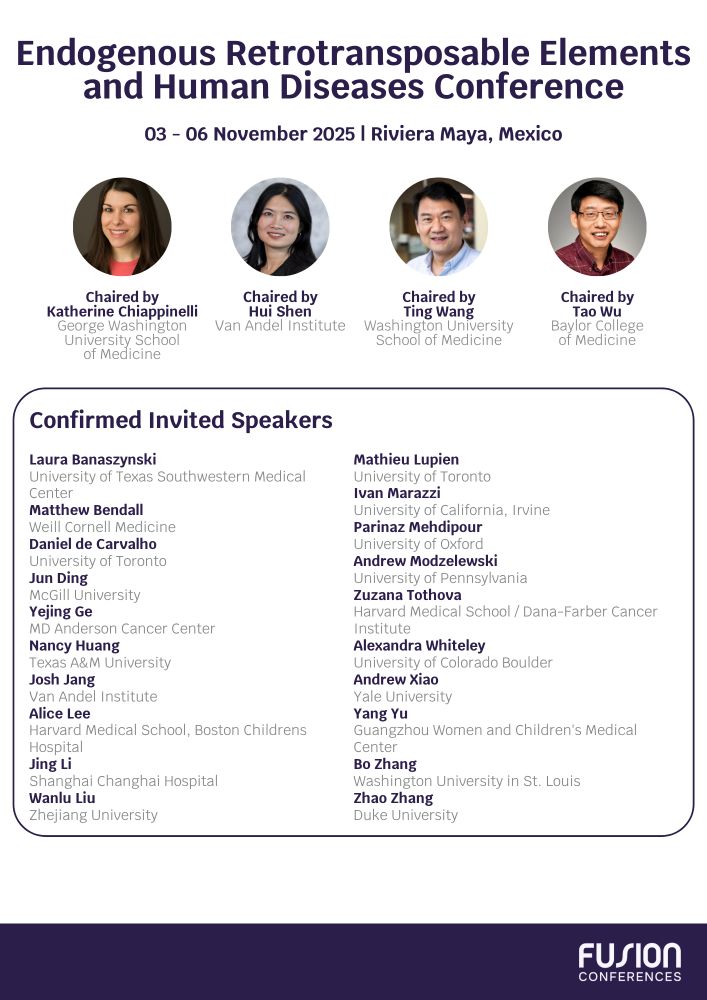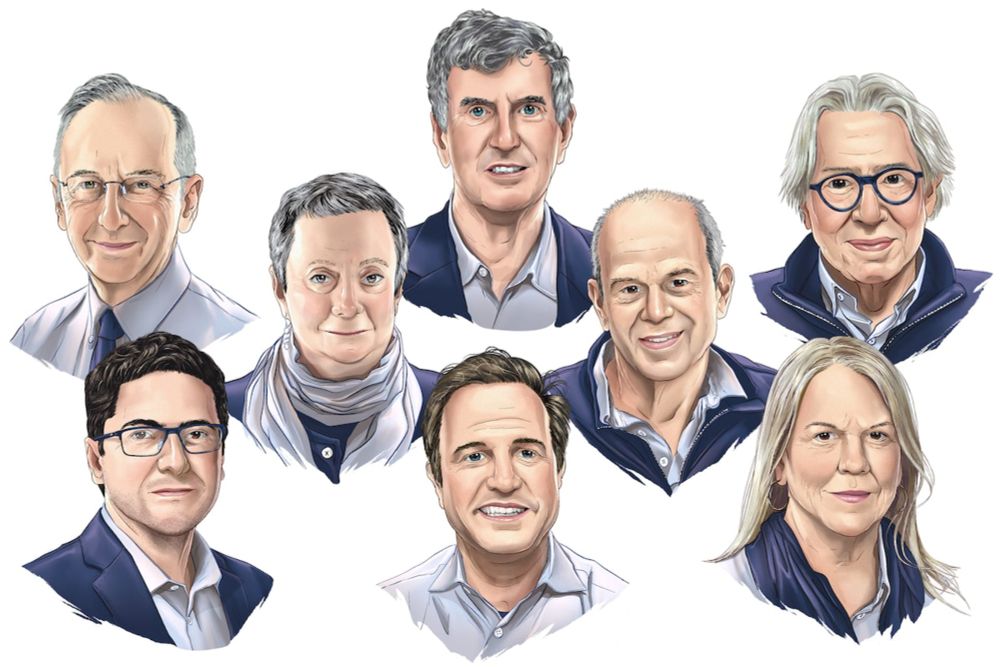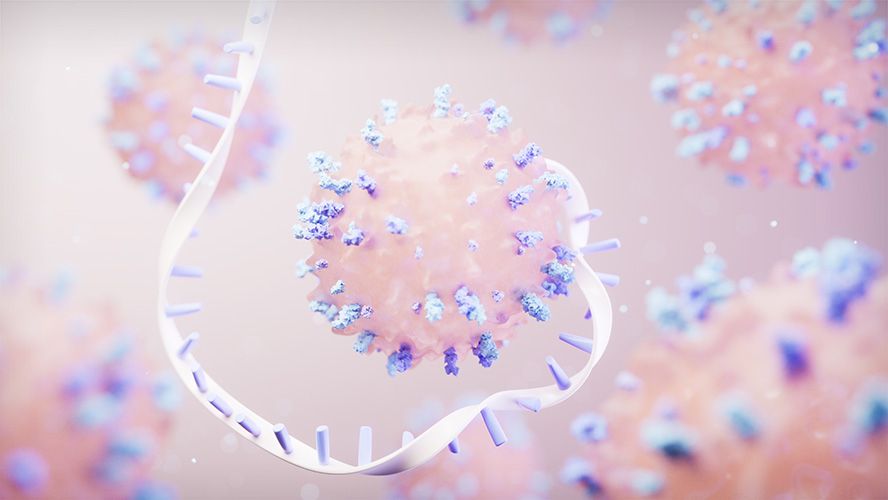Posts
Media
Videos
Starter Packs
Reposted by Daniel De Carvalho
Reposted by Daniel De Carvalho
Reposted by Daniel De Carvalho
Reposted by Daniel De Carvalho


